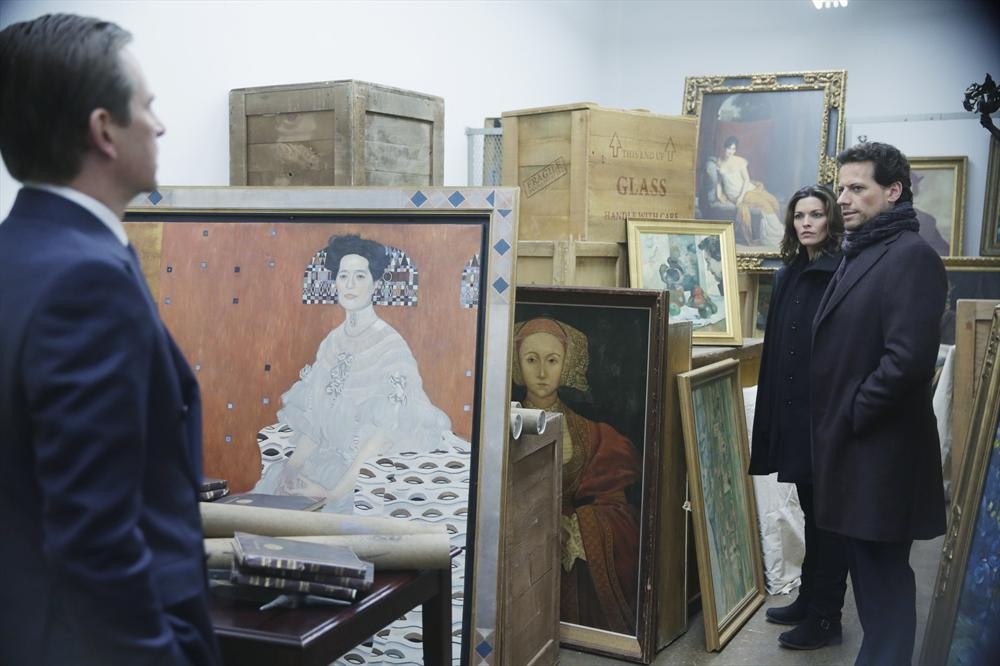People
ABC’s ‘Forever’ Rips Off Cornelius Gurlitt Story for Nazi Loot Murder Mystery
Reality presented as fiction becomes what?

Reality presented as fiction becomes what?

Sarah Cascone

It wasn’t billed as “ripped from the headlines,” but Tuesday night’s episode of ABC’s Forever, which stars Ioan Gruffudd as an immortal medical examiner who solves gruesome murders with the NYPD, was clearly inspired by the Nazi art hoard of the late Cornelius Gurlitt.
Titled “Hitler on the Half Shell,” the episode investigated the death of art dealer Karl Haas, quickly revealed to be the son of S.S. Commandant Otto Heydrich, who stole art for Hitler as part of the Reichsleiter Rosenberg cultural appropriation task force.
It’s very similar to the provenance of Gurlitt’s collection, which he inherited from his Nazi-collaborator father, and was discovered in Munich in 2012.
On the show, Hass has been living with his father’s secret art hoard for decades, but unlike Gurlitt, he’s been doing all that he can to track down the art’s original owners and discreetly return the stolen goods. He’s even enlisted a Swiss bank/international auction house in his efforts, which keeps his tainted collection, worth billions, in a secret downtown vault.

A still from Forever episode “Hitler on the Half-Shell.” Photo courtesy of ABC/Patrick Harbron.
A Mix of Real and Fake Artists
The episode featured a mix of real and fake artists: Gruffudd’s character, HenryMorgan extols the virtues of the murder weapon, “an Andolini Venus” statue that was stolen from the Louvre, but the piece that inspired the crime is a “priceless” Claude Monet water lily canvas the immortal connoisseur immediately identifies as “1889, judging by its style.” (Haas’s son, later revealed as the murderer, who is struggling to make ends meet, discovers his father giving away the valuable painting, which leads to the fatal confrontation.)
Another one of the stolen paintings, a fire-and-brimstone–filled representation of the Nazi regime titled The Angel of Death, is said to be the work of Max Brenner—perhaps a nod to Max Lieberman, whose Two Riders on the Beach was one of the first works in the Gurlitt trove to be publicly identified?
Contemporary art also represented in the fictional Brenner’s grandson, who creates his blood-splattered canvases by slicing up baby cows with a chainsaw in an appropriately creepy-looking warehouse. The younger Brenner is tracked down via DNA sample (he left blood on the window sill breaking in to steal back The Angel of Death, in a crime unrelated to the murder), because in the world of Forever, the ARN, or Artist Registry Network, keeps DNA samples of 20th-century artists on file to help identify unsigned works. That’s actually not a bad idea.